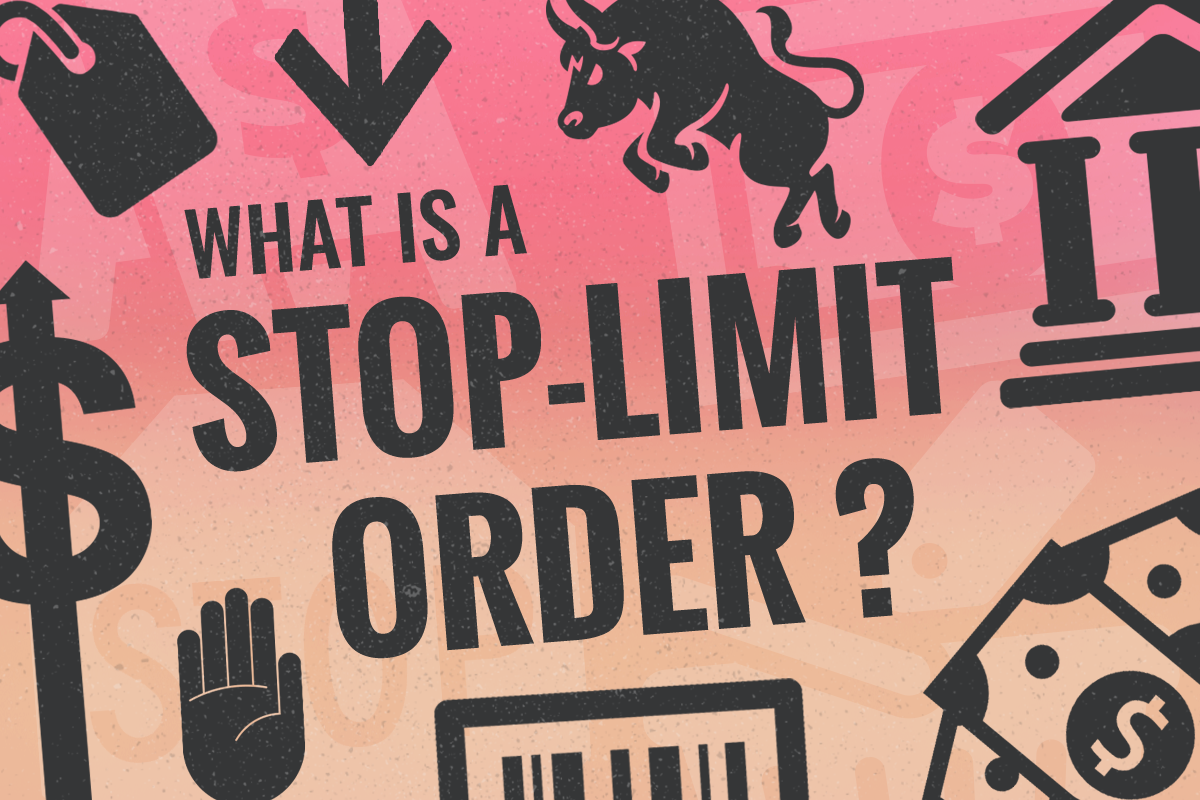smartwebs.site limit versus stop limit

As mentioned above, a stop order and a limit order places a trade above or below the current level. In a stop limit order, a trade is triggered when the stock. A stop limit is typically used when you're trading during a volatile market and want to target a specific price as closely as possible.
The most common types of orders are market orders, limit orders, and stop-loss orders. A market order is an order to buy or sell a security immediately. A market order allows you to trade a stock for its current price, while a limit order enables you to set the price you want to pay for a particular stock. It differs from a Trailing Stop order since the order becomes a limit order when the stop price is touched versus a market order. For example, a sell trailing.
Understanding Market, Limit, and Stop Orders
Some limit orders include a time limit within which the trade must be placed at (or better than) the specified price. These orders generally might have higher. Learn the difference between a stop order and a stop-limit order and how to decide when to use one over the other. Stop-limit orders allow you to set a stop price and a limit price for a given security. Once a security reaches your stop price, the order is automatically.
A stop price and a limit price are then set once the trader specifies the highest price they are willing to pay per stock. The stop price is a price that is.The most common types of orders are market orders, limit orders, and stop-loss orders. A market order is an order to buy or sell a security immediately.Stop-limit orders allow the investor to control the price at which an order is executed. The stop price and the limit price do not have to be the same.
Using a stop-limit order, you can set a $ stop price and a $80 limit to satisfy both of these concerns. Now if the price drops below $, it will sell at. Stop Loss orders are designed to limit your loss if a share that you hold falls in price. As soon as the price of a share reaches your Stop price this. A buy limit order is used when an investor wants to open a long position in a stock at a certain price, while a stop order is used by an investor who wants.
For a sell stop-limit order, set the stop price at or below the current market price and set your limit price below, not equal to, your stop price. This will only execute if the market price is at this limit or better. If you are attaching a limit as a take profit level then this logic also follows, ie the. Using a stop-limit order, you can set a $ stop price and a $80 limit to satisfy both of these concerns. Now if the price drops below $, it will sell at.
The limit price adds an extra control by setting a more precise price constraint on your trade. With a stop-limit order, your trade will only go through at your. With a limit order, you're stipulating that you want the transaction only to occur at a particular price or better, even though there is a possibility the order. A Stop Limit order is a Stop Loss order that, instead of a Market order, generates a Limit order when your chosen 'stop loss' price is reached. In the case of a. Limit 'BUY' Orders. Stop 'BUY' Orders ; downward price trend;; target price must be below current price;; will execute, if target price is surpassed;; may take.